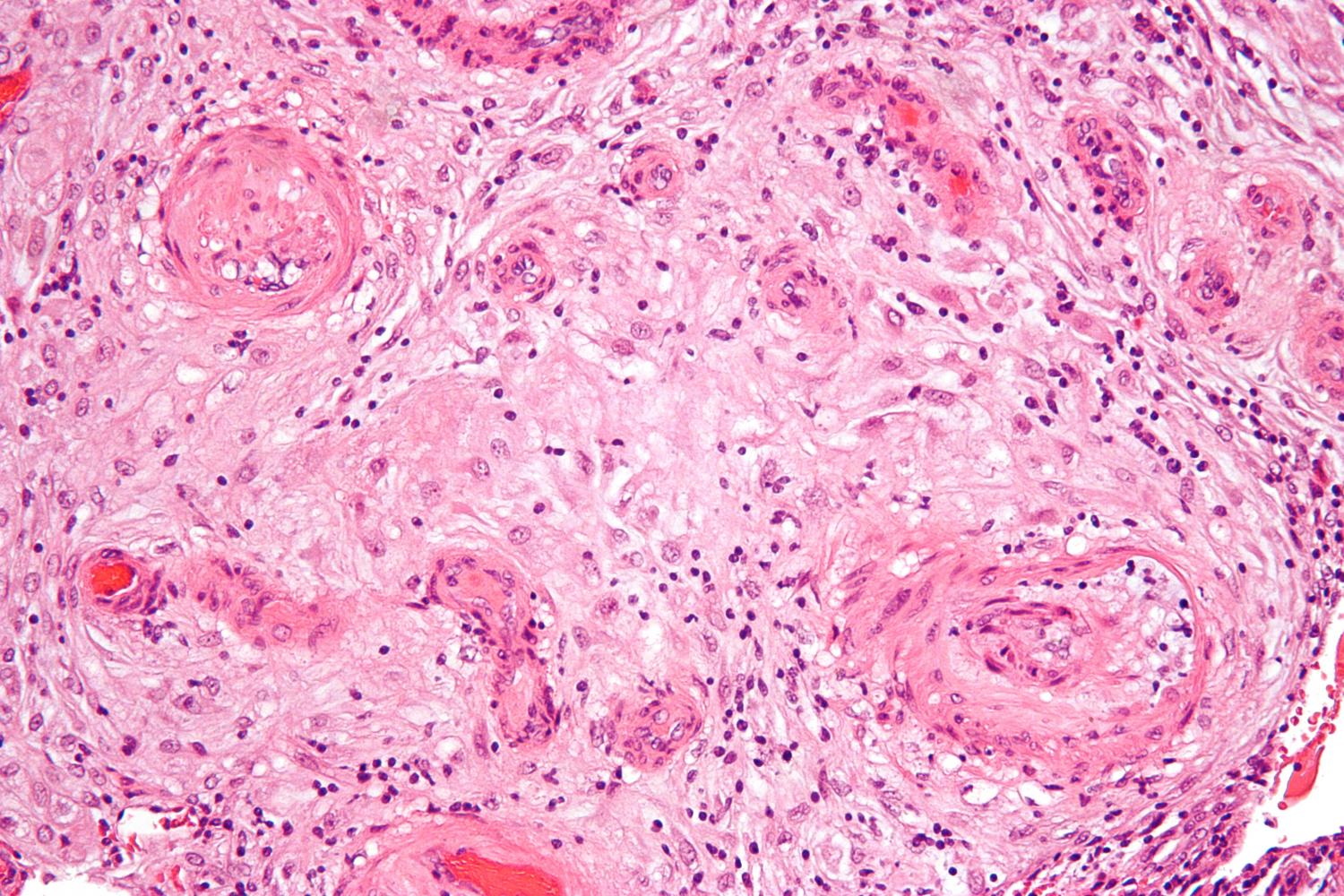Proportions and odds of pathologic complete response (pCR) to nonadjuvant chemotherapy (NAC) are lower in men with breast cancer (BC) compared with women with breast cancer for each tumor subtype, according to a study published online Sept. 7. cancer.
José Pablo Leone, MD, of the Dana-Farber Cancer Institute in Boston, and colleagues compared pCR proportions between men and women with breast cancer by tumor subtype. The analysis included 385 men and 68,065 women with breast cancer who received NAC from 2010 to 2016.
The researchers found that the proportions of pCR in men with breast cancer and women with breast cancer by tumor subtype were: hormone receptor-positive/human epidermal growth factor receptor 2-negative (HR+/HER2−): 4.9 versus 9.7 percent; HR+/HER2+: 16.1 vs. 33.6 percent; HR−/HER2+: 44.0 vs. 53.2 percent (statistically insignificant difference); and HR-/HER2-: 21.4 versus 32.1 percent (statistically insignificant difference), respectively. Women were twice as likely to have pCR as men with BC (adjusted odds ratio, 2.0). For men with and without PCR, the five-year overall survival was 90 percent versus 64.7 percent, and for women with and without PCR, the five-year overall survival was 91.9 percent versus 75.3 percent, respectively.
“The results of our study are valuable in informing the comparative effectiveness of NAC between men and women with breast cancer“, the authors write.
Several authors have disclosed financial ties to the pharmaceutical and biotechnology industries.
Jose Pablo Leone et al. Efficacy of neoadjuvant chemotherapy in male versus female breast cancer cancer (2022). DOI: 10.1002/cncr.34448
Copyright © 2022 Health Day. All rights reserved.
Citation: Response to neoadjuvant chemotherapy in breast cancer differs by gender (October 6, 2022) Retrieved October 6, 2022, from https://medicalxpress.com/news/2022-10-response-neoadjuvant-chemo- breast-cancer.html
This document is subject to copyright. Except in good faith for the purpose of private study or research, no part may be reproduced without written permission. The content is provided for informational purposes only.








